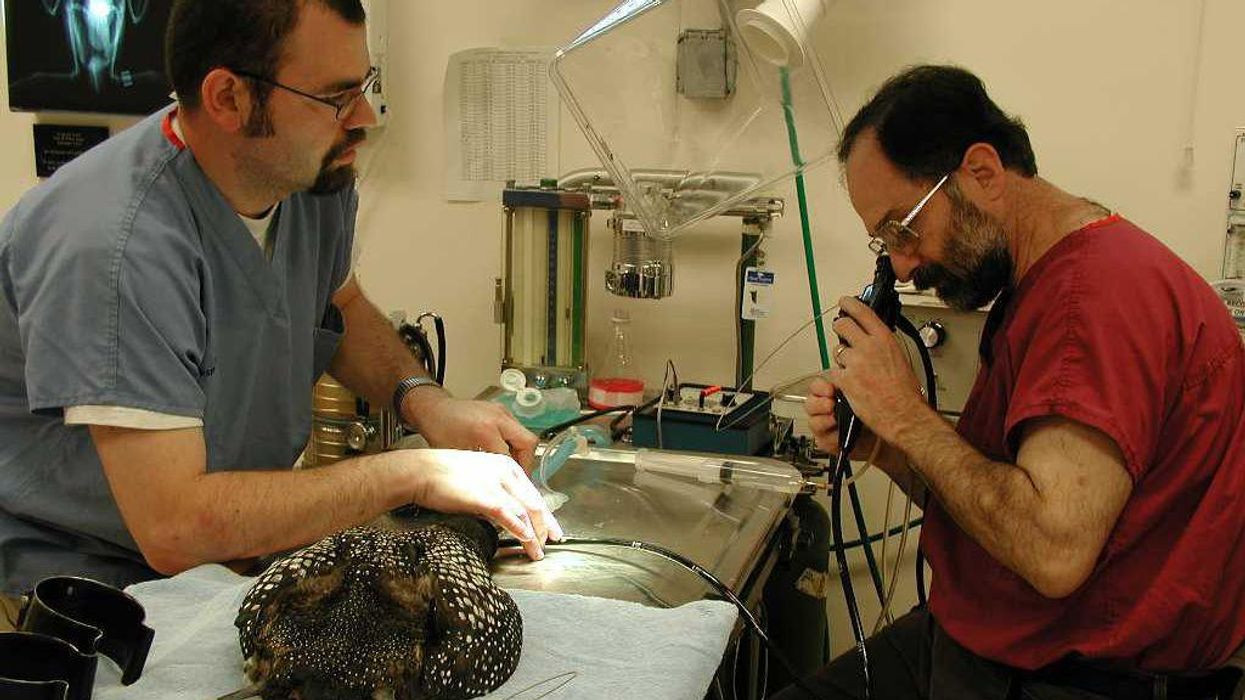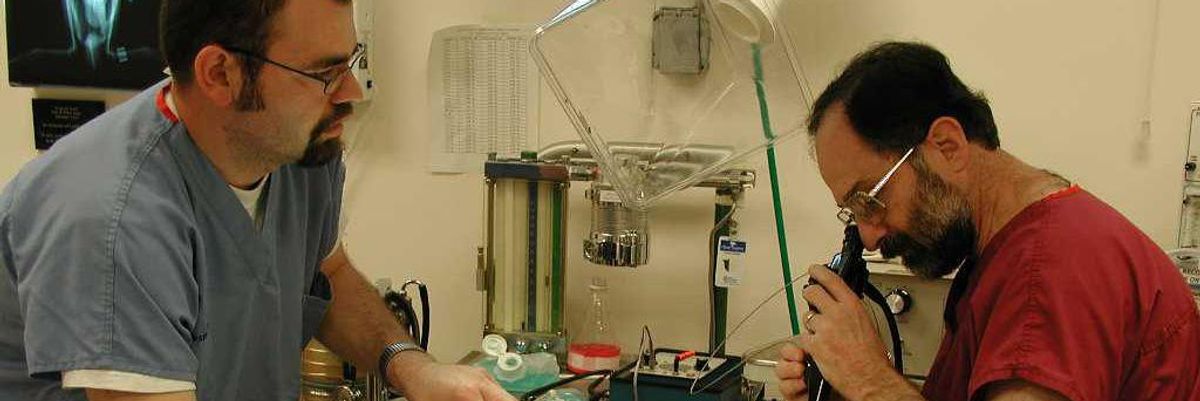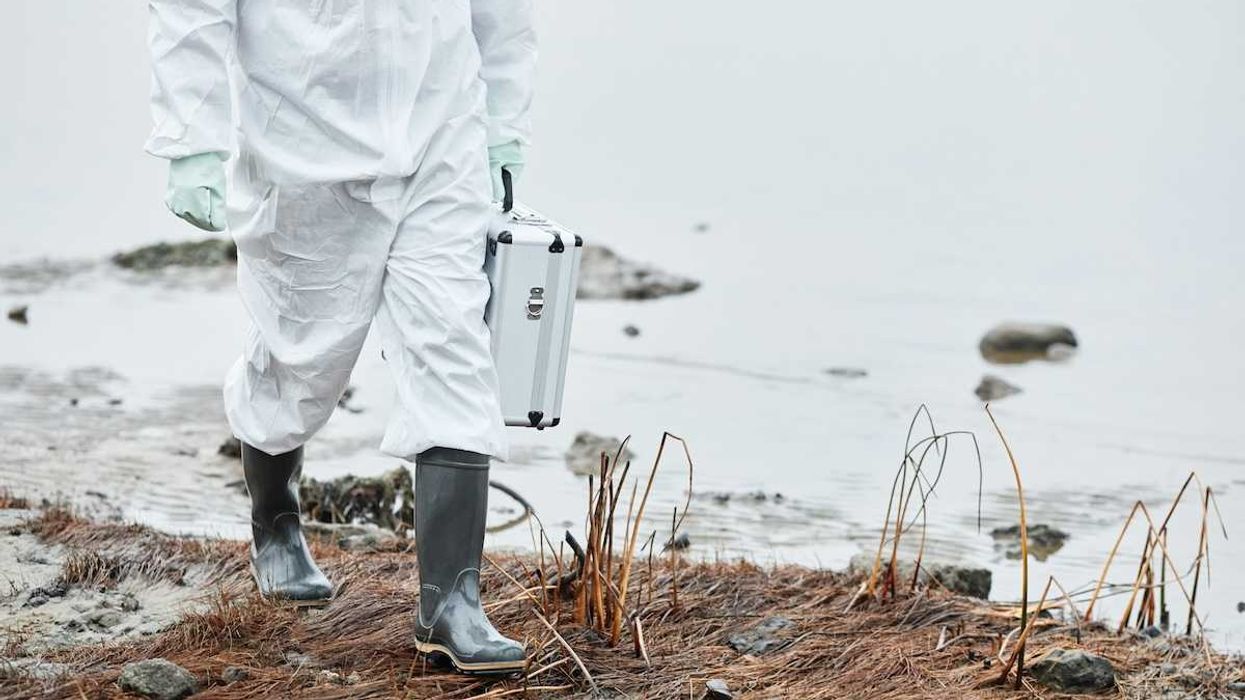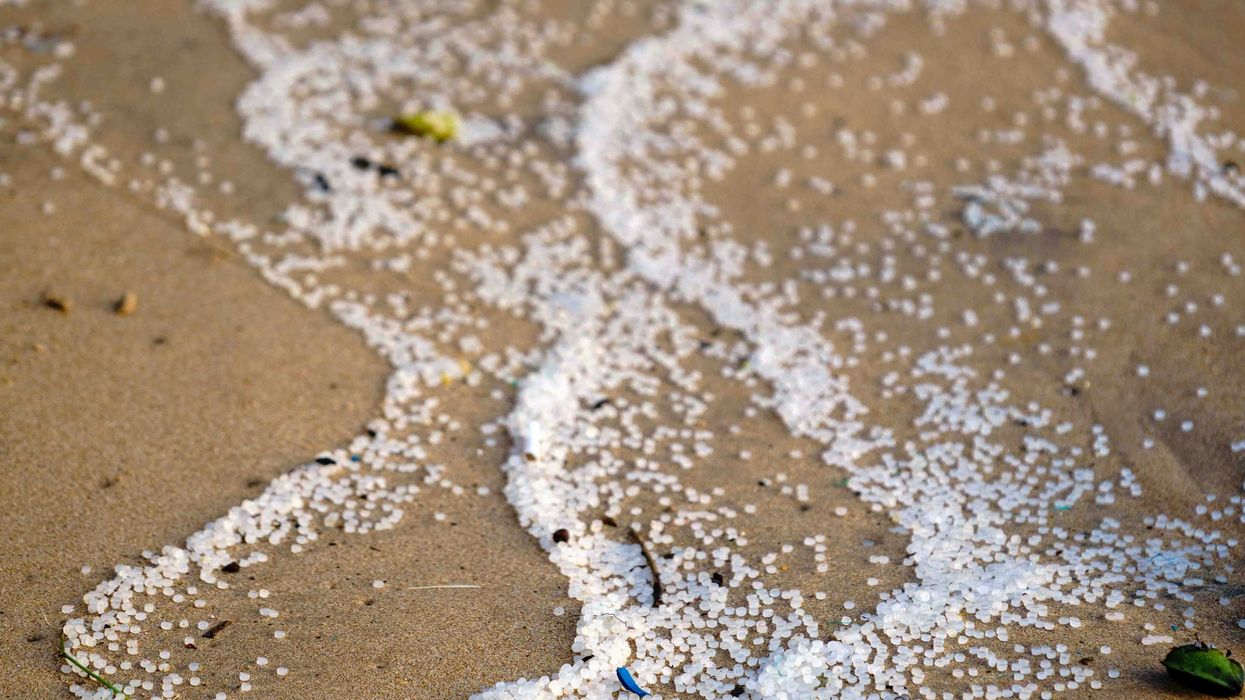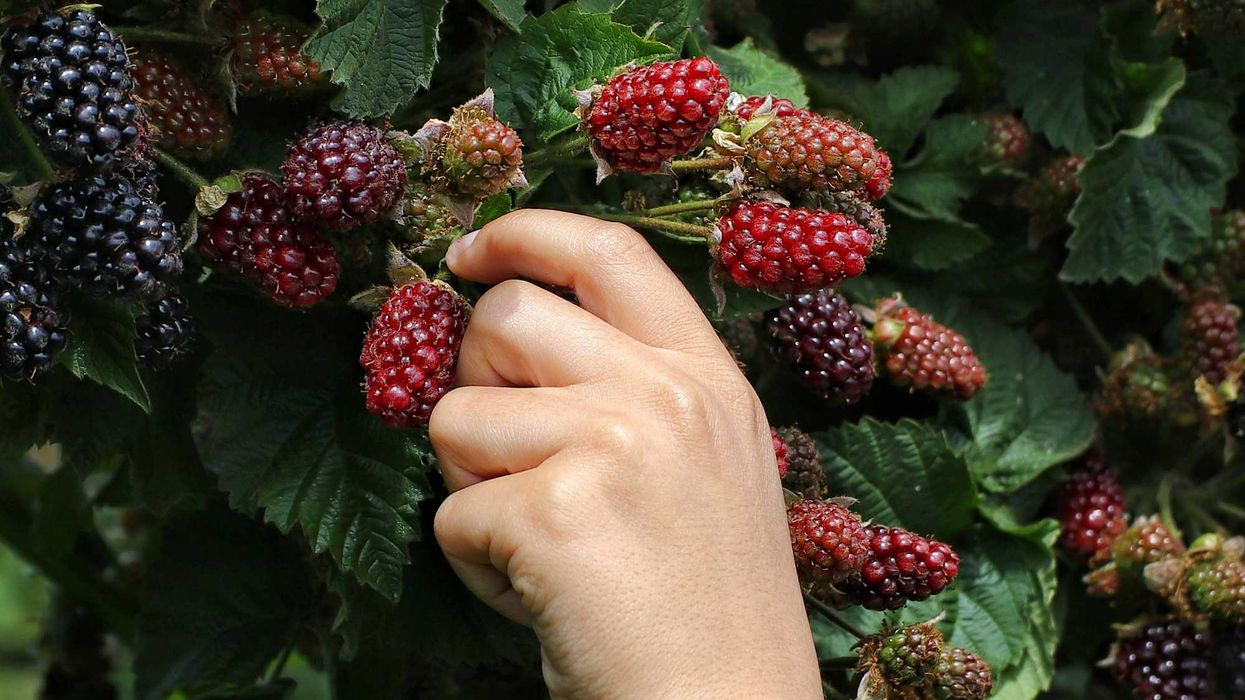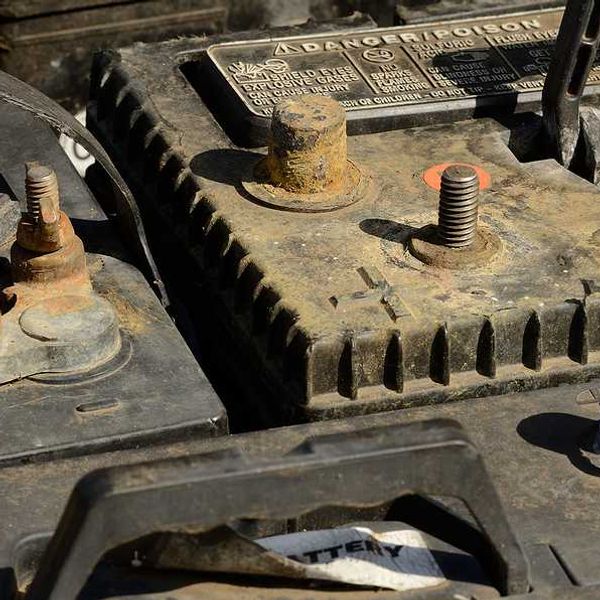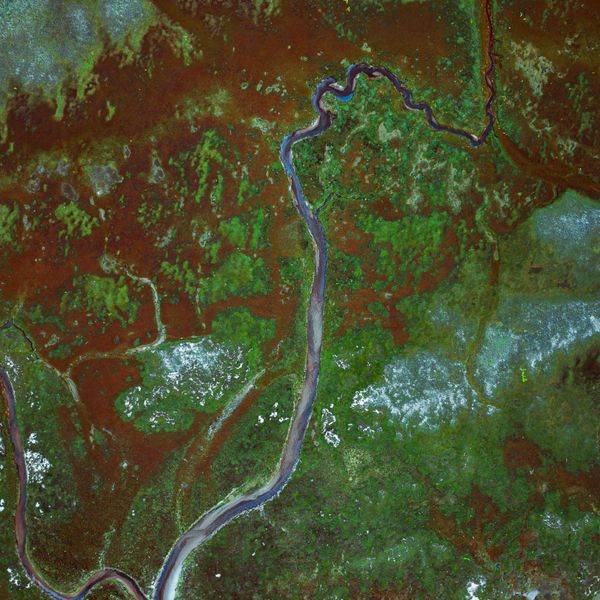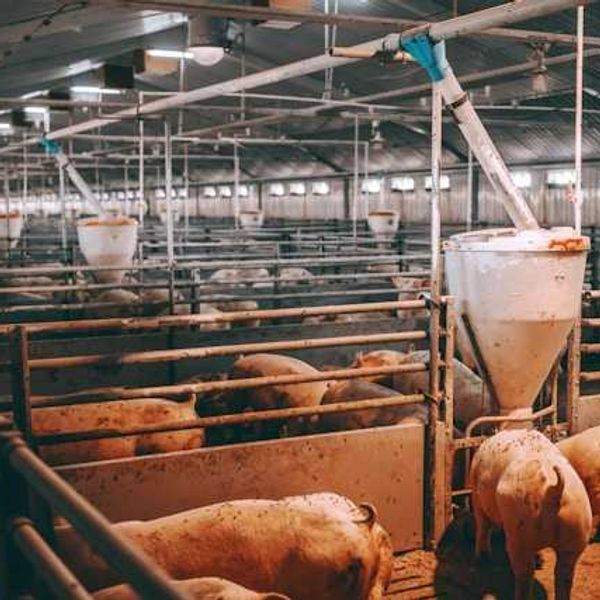EHN investigated hundreds of claims from webpages, documents, and testimony, and found that groups including the Congressional Sportsmen’s Foundation (CSF), the National Shooting Sports Foundation (NSSF), and the National Rifle Association (NRA) spread misinformation and engage in science denialism most of the time they communicate about lead ammunition or fishing tackle.
Lead poisoning “is killing large numbers of animals in a manner that is often prolonged, painful, and cruel. Whether it causes heart, kidney, reproductive, or nervous system problems, there is strong scientific evidence to show that any quantity of lead can be harmful," said Mark Pokras, a wildlife veterinarian and Associate Professor Emeritus at Tufts Cummings School of Veterinary Medicine.
Here are the stories:
Part 1: Hunting, fishing, and science denial
Part 2: Pushing back on lead ammo and fishing tackle misinformation
Follow-up:
Our response to attacks from the firearm industry on our lead ammo reporting
Lead ammo hampers the bald eagle rebound in the Northeast US
Guns, money, and power: The firearm industry and wildlife conservation
Inside an eagle autopsy: How wildlife biologists investigate lead poisonings
What we found
- Similar to Big Tobacco and climate change denial, groups are using the five categories of denialist techniques— fake experts, cherry picking, impossible expectations, conspiracy theories, and logical fallacies—to keep lead in ammo and fishing tackle.
- Hunting and fishing—including the purchase of ammunition and fishing tackle—are crucial components of U.S. conservation funding, which leaves state wildlife agencies hesitant to address the lead issue.
- Proponents of nonlead alternatives are divided on the path forward, fearful to address misinformation.
What needs to happen

A bald eagle with blood lead levels greater than 65 micrograms per deciliter died after a few minutes in care at Blue Ridge Wildlife Center in Virginia. (Credit: Blue Ridge Wildlife Center)
Lead contamination from ammunition and fishing tackle sickens and kills wildlife. And we previously reported that lead contamination in hunted meat has the potential to impact the health of millions of people in the U.S., including low-income recipients of venison donations.
This means majestic bald eagles are being poisoned, as well as children who eat hunted meat. This needs to change.
Ammunition and fishing tackle manufacturers, and retailers that carry their products, need to acknowledge the toxic nature of lead ammo and fishing tackle.
State wildlife agencies need to be transparent about the toll lead has on wildlife health.
Lawmakers need to use science—not propaganda—in setting regulations.
Read the stories
Hunting, fishing, and science denial

The issue of lead ammunition and fishing gear is an under-recognized science denial problem, complete with influential misinformation campaigns out of the Big Tobacco playbook.
Pushing back on lead ammo and fishing tackle misinformation

A science denial campaign is being waged to keep lead in hunting and fishing. Who’s fighting back and how should they do it?
Follow up:
We are not anti-hunting: Our response to attacks from the firearm industry on our lead ammo reporting

The scientific consensus remains that lead ammunition poisons wildlife and can harm children. We stand by our reporting.
Lead ammo hampers the bald eagle rebound in the Northeast US

Bald eagle numbers are encouraging but ingesting lead ammunition is still killing large numbers, researchers find.
Guns, money, and power: The firearm industry and wildlife conservation

In recent years, the role of firearm and ammunition sales were more critical than ever for wildlife agencies’ funding.
Inside an eagle autopsy: How wildlife biologists investigate lead poisonings

Wildlife workers speak about lead’s deadly effects.
Banner photo: Wildlife veterinarian Mark Pokras (R) performs an endoscopy on an anesthetized common loon in an attempt to remove ingested lead fishing gear. (Credit: Tufts Wildlife Clinic)
- Lead ammo in hunted meat: Who's telling hunters and their families ... ›
- A response to attacks from the firearm industry on our lead ammo reporting - EHN ›
- Lead ammo hampers the bald eagle rebound in the Northeast US - EHN ›
- Lead ammo hampers the bald eagle rebound in the Northeast US - EHN ›
- Inside an eagle autopsy: How wildlife biologists investigate lead poisonings - EHN ›
- Inside an eagle autopsy: How wildlife biologists investigate lead poisonings - EHN ›
- Researchers call for action on lead-contaminated meat due to EHN reporting - EHN ›

